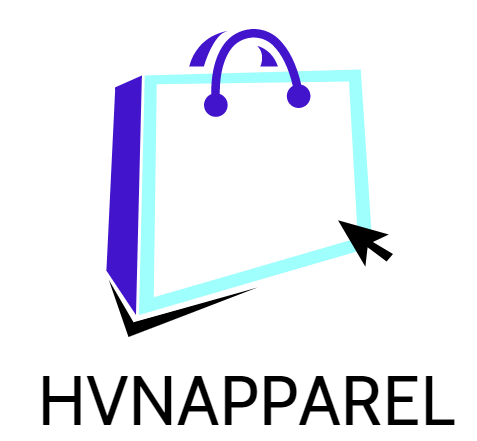Liquid Silicone Rubber (LSR) is one of the most multifunctional and high-performance products, and it has found its application in various industries. One of the most remarkable qualities of liquid silicone rubber is the high thermal stability, strength, chemical resistance, and biocompatibility. These make LSR a great candidate as a component material during the manufacture of high-quality, long-lasting components. Its benefit of being capable of making complex designs with tight tolerances, as well as its adaptability to production processes with high quantities, also adds to its industrial attractiveness.
Medical Devices and Healthcare Devices
Liquid Silicone Rubber has been used in the medical industry. It is due to its biocompatibility and its capacity to conform to the high regulations associated with it. Such properties render LSR a perfect fit for the products that directly contact the human body, e.g., medical devices. LSR is used in the fabrication of catheters, respiratory masks, stoppers on syringes, wound care items, and diagnostic gear seals. It is also an essential element in hospitals and clinical practices, whereas its stability to several sterilization methods, such as autoclaving and gamma radiation, makes it invaluable.
Baby Products and Infant Care
A third very important field of Liquid Silicone Rubber is in the manufacture of childcare products. Sub-millimeter-sized items, such as baby bottle nipples, pacifiers, teething rings, and food-grade containers, are often LSR. The flexibility, softness, heat, and chemical resistance of the material provide comfort along with the safety of an infant. The manufacturers consider LSR because it can retain its transparency and softness during the frequent sterilization process. Since there is an increasing number of parents who are aware of material safety, the baby product industry has grown increasingly hypoallergenic and BPA-free, which has increased the use of LSR in the sector.
Automotive Components
The automobile industry is one of the greatest consumers of LSR as it exhibits good performance in extreme conditions. The under-the-hood environment requires high-temperature, aggressive fluids, and extended mechanical stress materials. LSR fulfills such requirements but provides flexibility and durability. Examples of its usage in this industry are gaskets, seals, O-rings, connectors, ignition cables, and headlight seals. It is also UV light, ozone, and harsh weather proof, which makes using it in exterior parts appropriate. The comfort of the vehicles depends on the increasing number of computer-based systems on vehicles; thus, LSR is an increasingly common way to seal sensors and guard fragile parts against moisture and vibration.
Consumer Electronics and Wearable Appliances
LSR as a material is the key to compact yet high-performance design and protection of consumer electronics equipment. LSR is also frequently used in smart watches, fitness bands, headphones, and accessories of mobile devices due to soft-touch feel, durability, and the ability to resist sweat and skin oils. Insulating characteristics and sealing applicability make the material suitable for the process of overmolding and encapsulating electronic parts. The user experience of LSR is also improved with the safety and comfort of ergonomics and the purity of design. With the emergence of wearable health technology, the requirement in this market has increased towards medical-grade liquid silicone rubber in terms of safety expectations and performance.
Food and Kitchen Uses
Another area where we can find Liquid Silicone Rubber to be useful is the food industry, owing to its inert and non-reactive properties. Since LSR does not interfere with the taste or smell of food, it is utilized in the manufacturing process of kitchenware, molding with baking pans, food receptacle closures, as well as dispensing valves. It can be used in a microwave and ovens, and it also resists high temperatures. Additionally, LSR meets the FDA and other international food safety requirements, implying that it is fit for use in contact food. In culinary work, manufacturers find it easy to clean, oil, and stain resistance, and a long product life that LSR provides.
Transparent and Optical Substances
Due to its superior optical clarity and UV stability, LSR is enjoying growth in applications in lighting and optics. Clear LSR materials can be used in lenses, light guides, and LED encapsulation of both consumer and industrial lights. Its anti-yellowing and its resistance to degradation by long-term exposure to light and heat are important characteristics of uniform optical performance. With further developments in LED lighting, LSR gives the designers the ability to experiment with new forms and capabilities that do not allow simple production in conventional materials.
Conclusion
Liquid Silicone Rubber figures as one of the most contemporary material solutions in this regard that conjoins the tripartite of safety, performance, and diversity across numerous market branches. Its compatibility with complex applications is evident in every market that needs it, whether the case is in the automotive, food-grade products, electronics, or even the healthcare industries. With increasingly stricter regulations and customer-consumed end-user demands, the industries are still looking to LSR to meet their high expectations of quality and validation of its reliability services.


